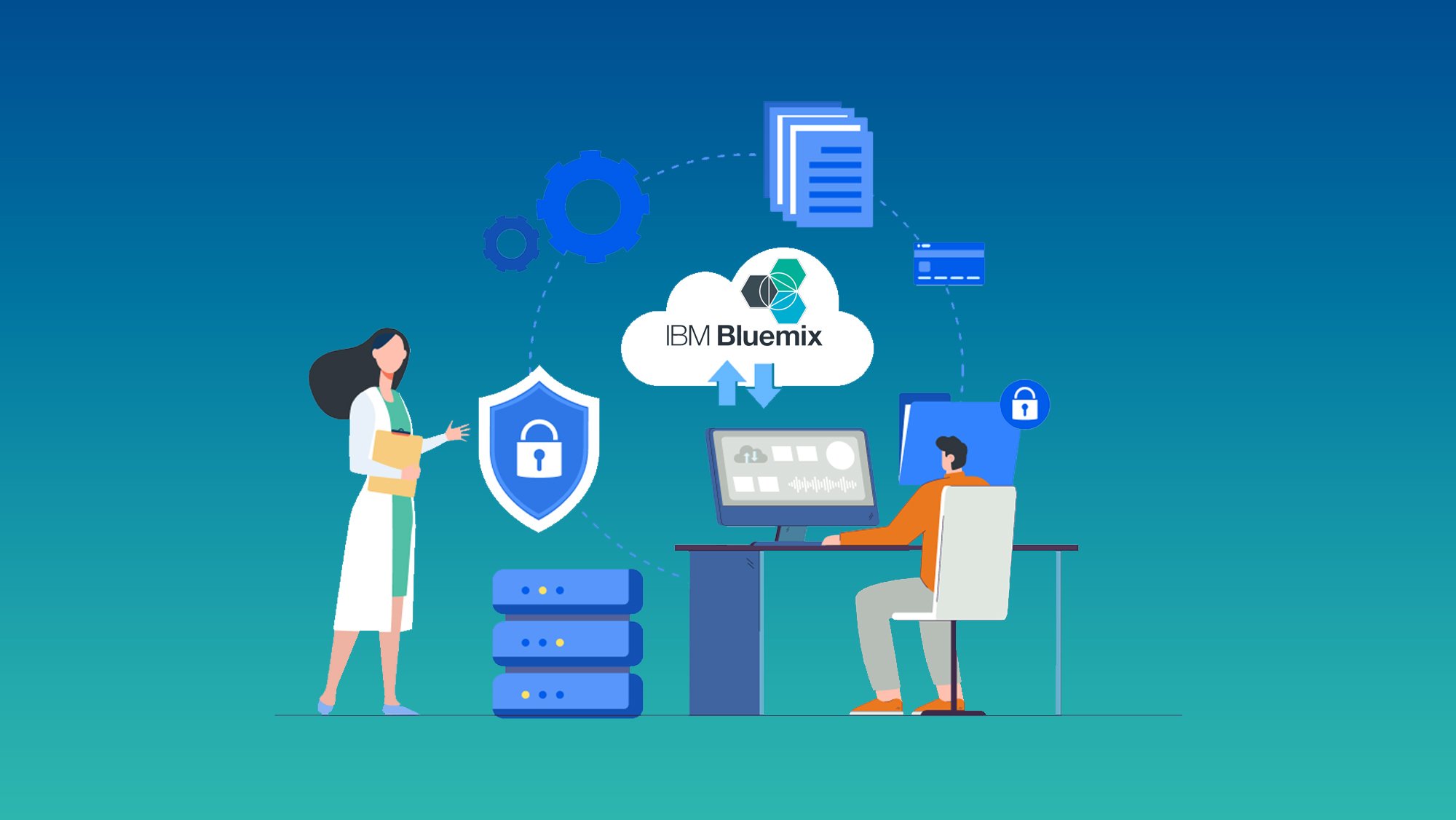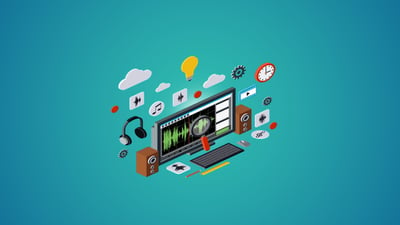Creating Memorable Soundscapes: Dive into Audio Production Training
Introduction:
In the realm of media and entertainment, sound plays a pivotal role in capturing emotions, setting moods, and creating memorable experiences. Audio production training equips aspiring professionals with the knowledge and skills to craft captivating soundscapes. In this blog, we will explore the world of audio production training and how it enables you to dive deep into the art of creating immersive sound experiences. From understanding the fundamentals to mastering advanced techniques, this guide will help you embark on a journey to craft unforgettable soundscapes.
1. The Significance of Audio Production Training:
Discover the importance of audio production training in the creative industry. Understand how sound greatly impacts visual media, music, gaming, and virtual reality experiences. Explore the role of audio professionals in enhancing storytelling, evoking emotions, and engaging audiences through meticulously crafted soundscapes.
2. Understanding the Fundamentals of Audio Production:
Delve into the fundamentals of audio production. Learn about key concepts such as frequency, amplitude, and sound waves. Understand the basics of audio recording, including microphone selection and placement. Explore the principles of audio editing, mixing, and mastering to refine and polish your sound creations.
3. Choosing the Right Tools and Equipment:
Explore the vast array of tools and equipment available for audio production. Learn about different types of microphones, headphones, audio interfaces, and studio monitors. Understand the role of digital audio workstations (DAWs) and plugins in the creation and manipulation of sound. Discover the importance of selecting the right gear to achieve professional-quality results.
4. Recording Techniques for Captivating Sound:
Master the art of recording to capture captivating soundscapes. Learn techniques for recording dialogue, musical instruments, and environmental sounds. Understand the principles of capturing room ambience and utilizing techniques such as close-miking and stereo recording. Develop skills in capturing clean and high-quality audio.
5. Sound Design and Creative Soundscaping:
Dive into the realm of sound design and creative soundscaping. Explore techniques to craft unique sonic elements that enhance the visual experience. Learn how to create and manipulate sounds, build sound libraries, and apply effects to shape the mood and atmosphere of a scene. Develop skills in layering, blending, and processing sounds to create immersive soundscapes.
6. Mixing and Balancing Audio Elements:
Develop expertise in mixing and balancing audio elements to create a cohesive and harmonious sound. Learn about techniques for adjusting volume levels, panning, equalization, and dynamic processing. Understand how to create depth and dimensionality in soundscapes through spatial positioning and automation. Master the art of achieving a balanced and polished mix.
7. Foley Artistry and Synchronizing Sound:
Unleash your creativity through Foley artistry and the synchronization of sound effects. Learn how to recreate everyday sounds using unconventional objects and techniques. Understand the art of synchronizing sound effects with visual elements to create a seamless and immersive experience. Develop skills in capturing and editing Foley sound effects.
8. Exploring Ambisonics and Spatial Audio:
Delve into the world of ambisonics and spatial audio to create immersive soundscapes. Understand the principles of capturing and reproducing sound in a three-dimensional space. Learn about binaural audio techniques and the use of surround sound formats. Explore how spatial audio enhances virtual reality (VR), augmented reality (AR), and gaming experiences.
9. Dynamic Processing and Effects:
Discover the power of dynamic processing and effects in audio production. Learn techniques for using compression, equalization, reverberation, and other effects to shape the sonic characteristics of your soundscapes. Understand how to apply these tools creatively to enhance emotions, create tension, or convey a specific mood.
10. Collaboration and Project Management:
Develop collaboration and project management skills to excel in audio production. Understand the importance of effective communication and teamwork when working with directors, sound designers, and other professionals. Learn how to manage audio production projects efficiently, meet deadlines, and deliver high-quality results within budget constraints.
11. Continuous Learning and Experimentation:
Embrace continuous learning and experimentation as an audio professional. Stay updated with the latest trends and advancements in audio production technology. Explore new techniques, tools, and genres to expand your creative horizons. Continually push the boundaries of your skills and explore innovative approaches to sound creation.
Conclusion:
Audio production training empowers individuals to create memorable soundscapes that captivate audiences and enhance storytelling. By diving into the world of audio production, mastering fundamental concepts, and exploring advanced techniques, you can craft immersive sound experiences across various media platforms. Embrace continuous learning, hone your skills, and nurture your creativity to unleash the full potential of audio production. Embark on a journey to create unforgettable soundscapes that leave a lasting impact on audiences and elevate your career in the world of audio production.
You May Also Like
These Related Stories

Kotlin Vs Java: Comparing the Pros and Cons for Android Development

Securing the Cloud: Exploring Palo Alto's Cloud Security Solutions



No Comments Yet
Let us know what you think